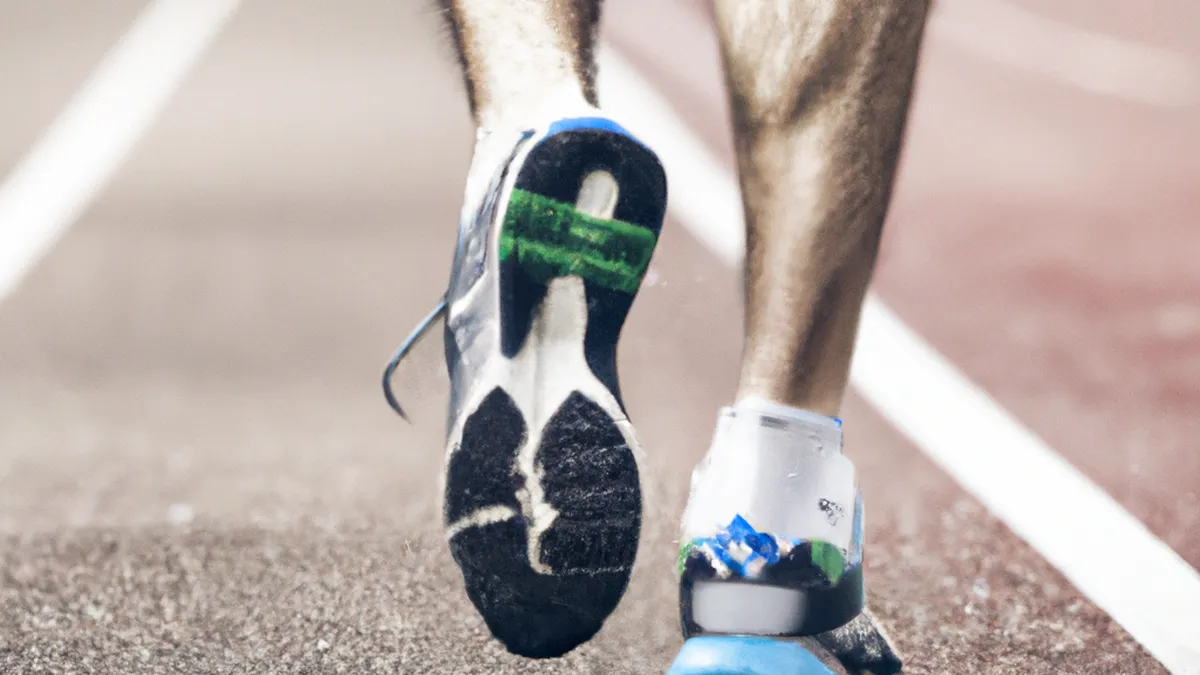Strengthen Joints: Warm-Up with Bands
Warm-Up Routines for Knee SafetyKnee injuries can affect anyone, from professional athletes to casual exercisers. The health of your knees is crucial for an active lifestyle. A solid warm-up routine significantly reduces knee injury risk. Focus on strength, flexibility, and mobility to enhance knee safety. This article explores effective warm-up routines for knee health and optimal performance.
Why Warm-Up Routines Matter
A structured warm-up prepares your body for exercise. It boosts blood flow, elevates heart rate, and improves flexibility. Engaging in a warm-up reduces joint stiffness, including in your knees. This leads to better performance and lower injury risk.Research shows a structured warm-up can cut injuries by up to 50%. This is vital for sports involving running, jumping, or sudden movements. Therefore, include effective warm-up exercises in your routine to protect your knees.
Key Tips for Knee Safety
As an Amazon Associate I earn from qualifying purchases.
Gear tip: consider hydration vest, running headlamp, and stretching strap to support this topic.
To keep your knees safe during workouts, follow these tips:
1. Start with Dynamic Stretching
Dynamic stretching moves your body through a full range of motion. This method prepares your muscles better than static stretching. Dynamic stretches increase blood flow and mobility, lowering injury risk. **Examples of dynamic stretches** include:- **Leg Swings**: Stand next to a wall or support. Swing one leg forward and backward for 10-15 repetitions. Switch legs and repeat.- **Walking Lunges**: Step forward with one leg. Bend both knees until the back knee hovers just above the ground. Push through the front heel to return and repeat on the other side.
2. Focus on Strengthening Muscles Around the Knee
Strengthening the muscles around your knees provides support and stability. The quadriceps, hamstrings, and calves play critical roles in knee health. **Incorporate exercises like**:- **Squats**: Stand with feet shoulder-width apart. Lower your body as if sitting in a chair. Keep your chest up and knees behind your toes. Aim for 2 sets of 10-15 reps.- **Lunges**: Step forward with one leg. Ensure your knee doesn’t extend past your toes. Alternate legs for 2 sets of 10-15 reps on each side.
3. Incorporate Balance Exercises
Balance exercises enhance stability and proprioception. Improving balance helps prevent falls and injuries during high-impact activities.**Examples of balance exercises** include:- **Single-Leg Stands**: Stand on one leg for 30 seconds. Switch legs and repeat.- **Balance Boards**: Use a balance board to challenge your stability while performing basic movements.
Conclusion
Incorporate warm-up routines to ensure knee safety and enhance performance. Prioritize strength, flexibility, and balance to protect your knees.
Below are related products based on this post:
FAQ
Why are warm-up routines important for knee safety?
Warm-up routines are crucial as they prepare your body for exercise by boosting blood flow, elevating heart rate, and improving flexibility. Engaging in a proper warm-up helps reduce joint stiffness, particularly in the knees, leading to better performance and a lower risk of injury.
What types of exercises should I include in my warm-up routine?
In your warm-up routine, focus on dynamic stretching, strengthening exercises for the muscles around the knee, and balance exercises. Dynamic stretches like leg swings and walking lunges enhance mobility, while squats and lunges strengthen the supporting muscles. Balance exercises, such as single-leg stands, improve stability and help prevent injuries.
How much can a structured warm-up routine reduce the risk of knee injuries?
Research indicates that a structured warm-up can reduce injuries by up to 50%. This is especially important for sports that involve running, jumping, or sudden movements, making it vital to include effective warm-up exercises in your routine to protect your knees.















Post Comment